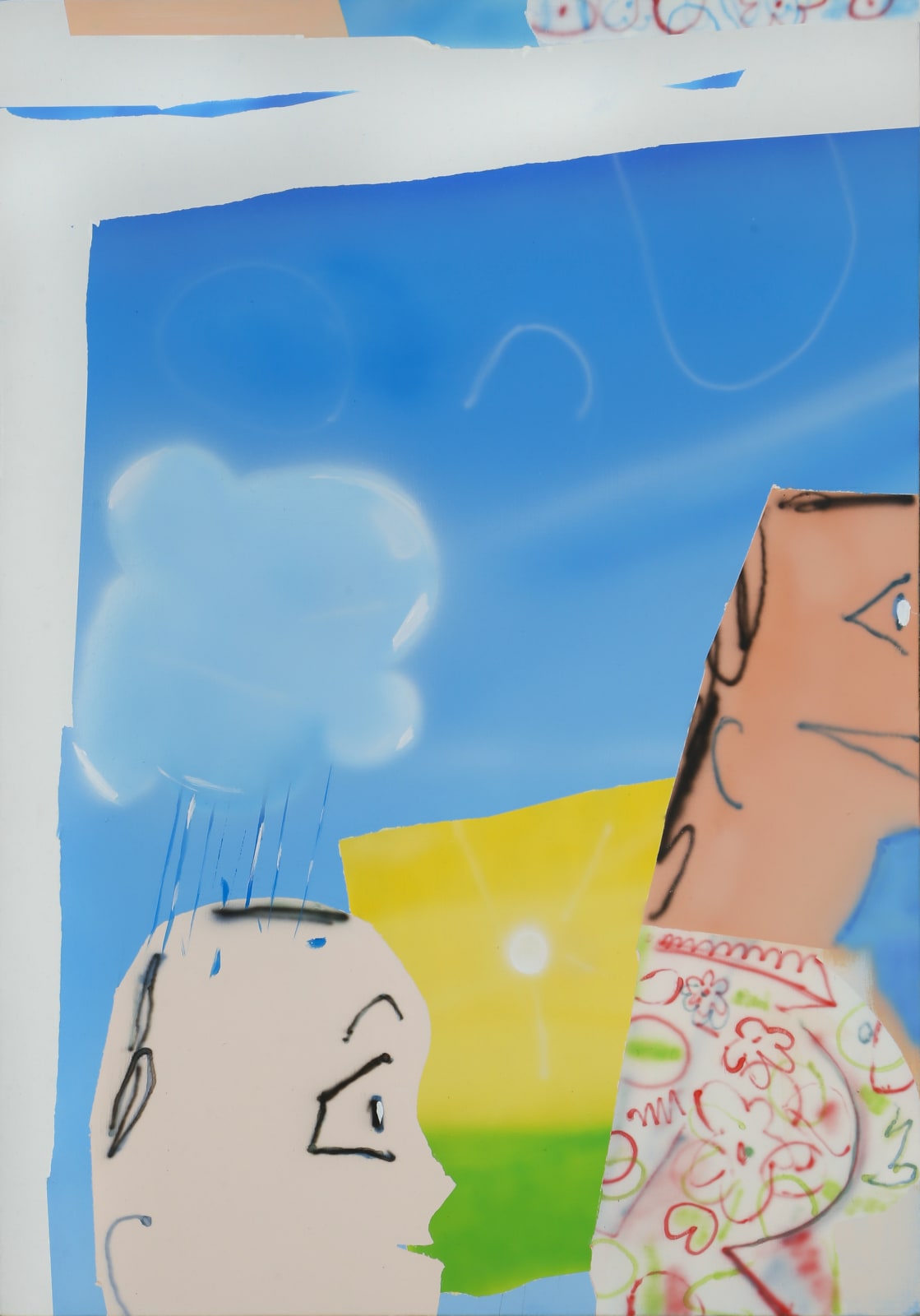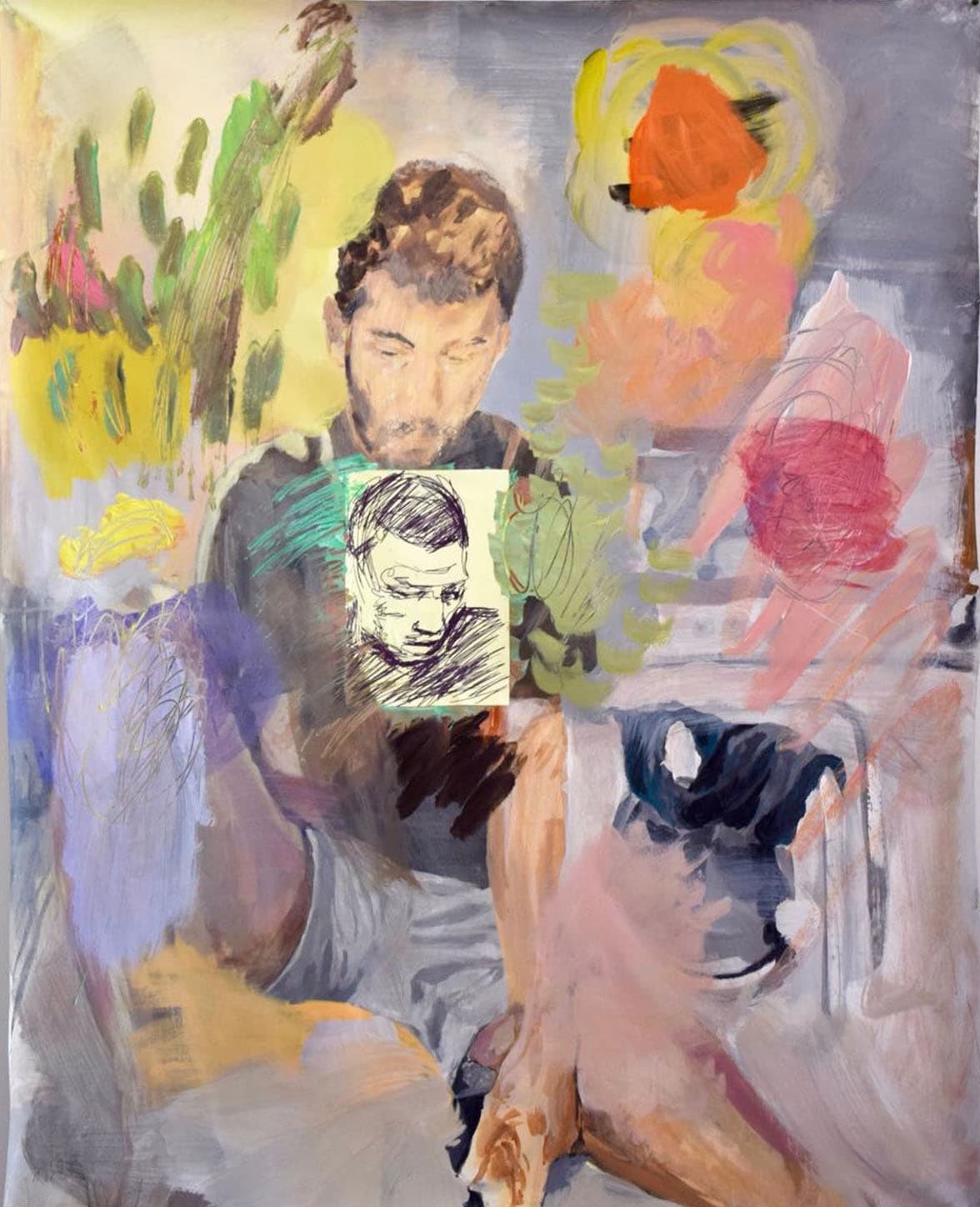Hoda Kashiha & Sam Samiee: Liste 2019
A Duo Presentation of Works by Hoda Kashiha and Sam Samiee
* This presentation is partially supported by Mondriaan Fonds, The Netherlands
-

Iranian Gallerist among Successful International Gallerists
Honaronline November 9, 2019Honaronline has recently published an article on Dastan and it's director, Hormoz Hematian, in the international art scene [in Persian]. Click here to read it...Read more -
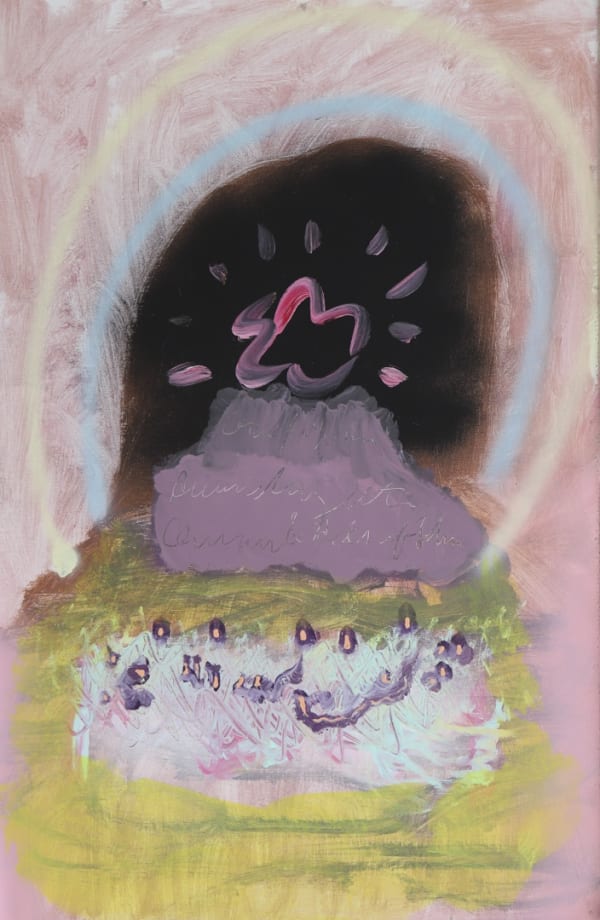
Endlich entrümpelt
Welt June 15, 2019Welt Magazine has recently published an article on Liste art fair 2019 at Basel (in Deutch). Click here to read it in full.Read more -
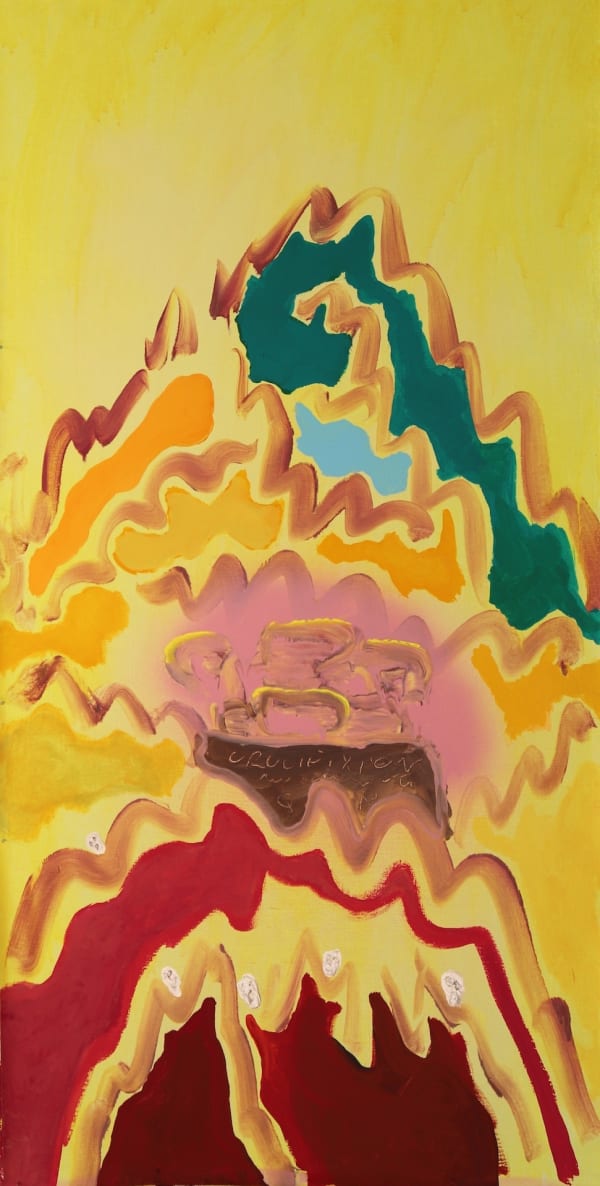
Gifted, Young and Fun: LISTE 2019
Selectionsarts June 13, 2019Selections Arts magazine has recently published a review of some of the booths at Liste art fair 2019, including Dastan's Basement booth with Hoda Kashiha...Read more -

Collectors Guide to Basel Art Week 2019
Be Advisors Art Department June 12, 2019Be Advisor Art Department has recently published an article introducing some of the artists including Hoda Kashiha from Dastan's Basement boot. Click here to read...Read more -

Young, gifted and back: Liste drops the layout labyrinth
The Art Newspaper June 10, 2019The Art Newspaper has recently published an article on LISTE 2019, introducing some of the participants at the art fair. Click here to read it...Read more -
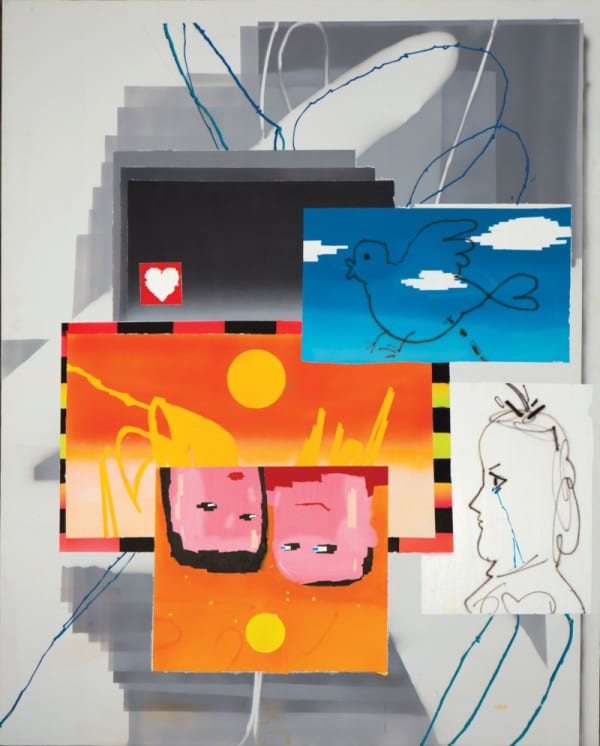
The New Guard Arrives at Liste: Five First-Time Participants Not to Miss
culturedmag June 10, 2019Cultured magazine has recently published an article reviewing five of the first-time participants at LISTE art fair 2019. Click here to read it in full.Read more -

The LISTE Interviews: Hormoz Hematian
ArtReview June 10, 2019ArtReview has recently published an interview with Hormoz Hematian as part of its LISTE art fair 2019 interviews. Click here to read it in full.Read more
In her most recent works, artist Hoda Kashiha has used a variety of techniques such as both digital and paper-based sketching, collage, drawing, and painting to extend her studies of subject matter drawn out of some of her most intricate everyday observations. The works presented by Dastan’s Basement at LISTE 2019, all produced in 2019, each have their backstory.
Describing her general practice, Hoda explains: “I would arrange my treatment of the subject matter into two categories: when I become interested in a subject matter and decide to make a painting based on that, as opposed to when I take one subject matter as a starting block for creating a painting.”
In “Bird Sings from Orange which is About Majesty”, Hoda Kashiha decided to use digital drawing first and then use classic painting material to paint the same image on canvas. She soon found out that there were differences huge and small between the digital image and the actual painting. She explains: “Sense and texture of colors and little movements of my hand and my brushes made this huge difference. I paint different layers of small moments that convey different feelings and oppositional meanings. These layers can be affected or changed by interaction with each other.” In her recent paintings, Hoda Kashiha seeks to depict time as a force that does not move forward, and in that path, she constantly goes back to work on previous layers in the painting. On this effort, she writes: “This layering technique links me to abstract illusionism and quantum physics. —that an object can be moved, changed, or affected without being physically touched. I found the footstep of this idea in traditional eastern miniature and I try to extend it to my paintings.”
In “Naked in the Moonlight and Imagine the Rainy Beach” and “When I Dove, You Disappeared in the Blink of an Eye”, the artist combines her studies of geometrical forms in the human body, with nonlinear narration, collage and an inquisitive sense of problem and puzzle solving. Regarding her use of collage, she explains: “Sometimes before I start painting, I do collages using colored papers. Collage is an interesting practice for me —it is like a game and I can change the image all the time by adding or removing a paper. And I can change the narration all the time.” Both works have been produced based on collages, and aim to make the viewer curious about what lies behind the layers, as well as present a multi-temporal landscape of events: “By putting all the different times and situations in one frame, like the night sky, a sunny sky, or cloudy weather, I tried to destroy the linear narration and place the viewer in different timelines.”
“I am Walkin while I am Walkin” concerns a walking person as well as the depiction of the act of walking: “By cropping the body and showing fragments of the person’s body in different layers, I tried to depict the progression of time in one image —different layers like different open windows depict diverse aspects and details of single fact.” This piece, combines Hoda’s interests in collage and animation, and is an instance of how she tries to use these to show movement and sequentiality, while not providing a straight timeline.
Using similar approaches, in “After Blue is Yellow”, Hoda has painted two cropped scenes of two people walking in a cartoonish tone. This sudden divide, with its “awkward and humorous” effect, has contributed to the artist’s “narration of a simple act”.
“Once I was wondering if I die by accident, what would I see in that moment? Do I visit my ghost? Will I be removed from life by being scribbled?” This is how the artist began to think about “Last Sun, Last Sky”. Following her studies on the idea, she writes “This painting represents my curiosity of this moment. I paint whatever crosses my mind, things that make me laugh or fill me with deep sorrow. To me painting is not an end itself; it rather gives me a chance to express my moods and thoughts, those that come to my head and vanish. Humor allows the audience to have a sense of intimacy with the characters and come along with artist’s thoughts and ides. This painting depicts a hostility tempered by humor.”
In “Who Said What”, the artist deals with gender and identity: “The meaning of ‘male’ and ‘female’ and their roles and behaviors are a fluid concept that constantly shifts between the characters in my paintings. I use fragmented bodies as different layers move between femininity and masculinity. This results in creating a blurred line between traditional definitions of man versus woman.”
Talking to Sam Samiee about his painting practice is an utterly high-speed undertaking. He belongs to that rare group of artists who like to talk —and listen. The amount of knowledge that the painter pours into the first few minutes of a dialogue is impressive. He moves seamlessly from the ninth-century invention of Farsi to how this coincided with the emergence of painting in the West as a technique to negotiate metaphysics, and then to contemporary psychoanalysis, culminating in possible answers to the question of why Germans still haven't learned to mourn properly. This all makes sense considering Samiee's background. Born and raised in Tehran, the artist completed his formal education in the Netherlands and currently lives and works in Berlin.
The painter's intellectual trajectories are emblematic of his visual landscapes; which is not to say they are the same. He is well aware of when to apply which mode of communication. His installations, often composed of paintings and objects, break open the normative order and iconography of traditional European painting. Samiee synthesizes this history with one of his recent research interests, the Persian term adab, used to describe the dual concept of ethics and aesthetics. His work is heavily influenced by Persian literary legacies and their close kinship to contemporary psychoanalysis. Fusing these knowledge systems allows the artist to enter into or create new spaces and temporalities, beginning on the canvas and usually extending into the three-dimensional exhibition space with the support of objects as a means of challenging hegemonic visual practices.
This approach is always driven by a desire to deflect the conditioned gaze of viewers and witnesses from conventional interpretations or processes of meaning-making towards new fields of possibility; a procedure that evolves from the attempt to unhinge familiar subjectivities or positions of subjecthood, blurring the idea of the self-contained, rational Western subject. In Samiee's oeuvre this manifests itself in what he calls "shrines of abstract art," heterodimensional spaces that allow the viewer to mourn, reflect, and pause for a moment. For example, assembled in the gallery space his paintings The Bedroom Posters (2015-16) depict the queering of (male-ascribed) physiques or disproportionately painted celestial constellations installed next to the warm light of a bedside lamp. As a whole, such constellations of works and objects evoke a sense of disorientation. They also have a performative character; Samiee's installations prompt viewers to physically situate themselves in space and attune themselves to the atmosphere. One can read this as a call to temporarily accept disturbing environments, unknown and unfamiliar, which ultimately invite us to actively participate in the birthing of new, more interrelated worlds.
Magnus Elias Rosengarten*
from Catalog Text, 10th Berlin Biennale







